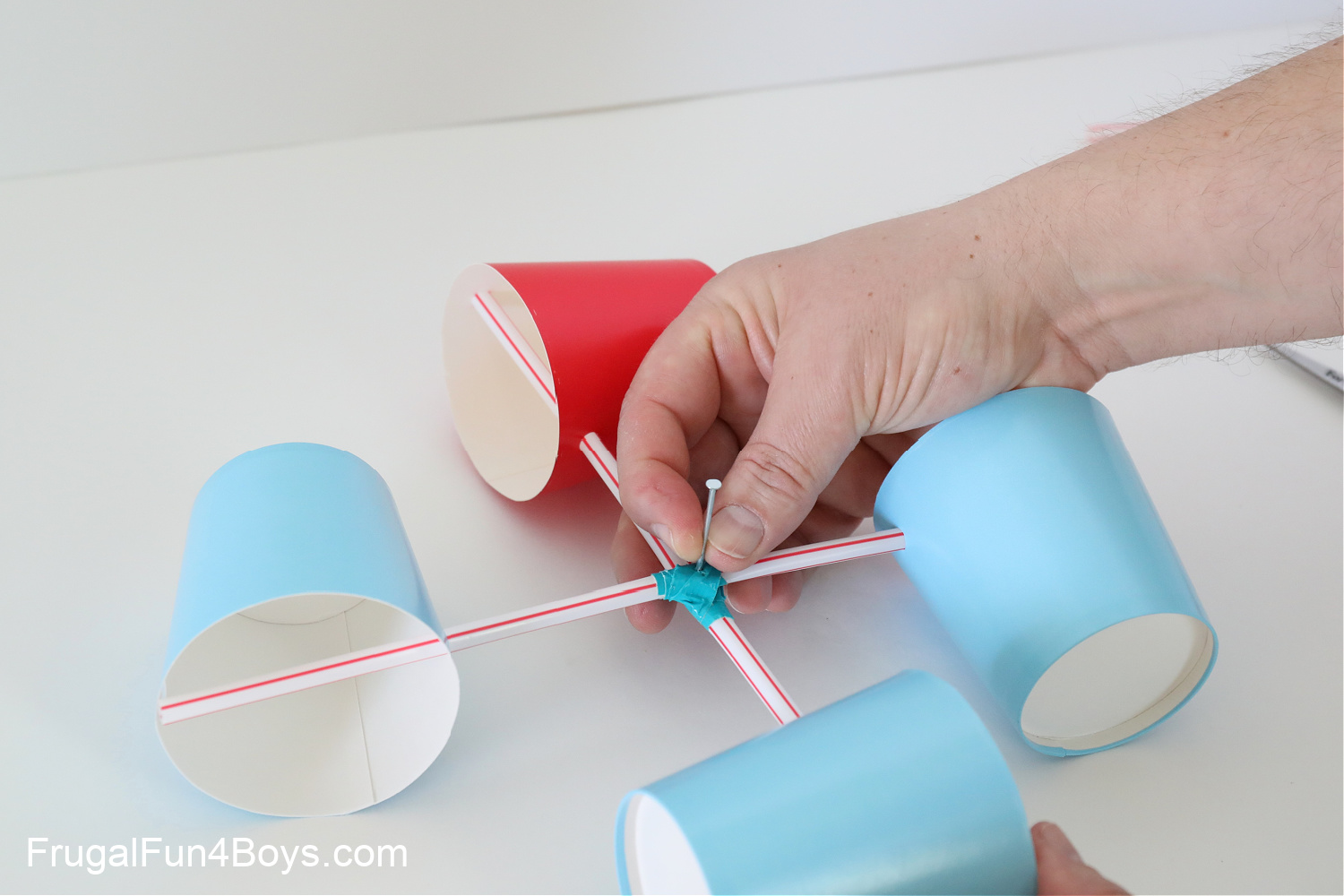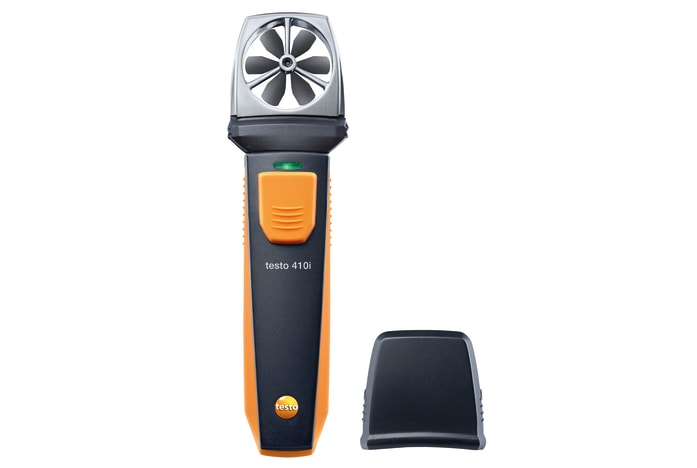Discovering the Features and Advantages of Anemometers for Weather Condition Lovers and Experts
Anemometers stand as crucial devices in the world of weather condition surveillance, accommodating both fanatics and skilled experts alike. These gadgets provide a window into the vibrant globe of wind patterns and speeds, providing important data for atmospheric evaluation and projecting. From mug anemometers to sonic anemometers, each kind brings its distinct set of benefits and applications, clarifying various facets of climatic conditions. As we look into the features and benefits of anemometers, a much deeper understanding arises not just of dominating weather phenomena yet likewise of the broader effects for fields like wind power manufacturing and environmental study.
Relevance of Anemometers in Climate Surveillance
Anemometers play a vital duty in weather condition monitoring by offering exact dimensions of wind rate, helping in projecting and understanding weather condition patterns. These tools, ranging from typical cup anemometers to contemporary ultrasonic anemometers, are important for meteorologists, scientists, and weather enthusiasts alike. By gauging wind speed, anemometers aid in identifying the strength of weather phenomena such as storms, tornados, and tornadoes. In addition, they provide important information for aeronautics, maritime procedures, and various industries that are sensitive to wind problems.

Sorts Of Anemometers and Their Applications
With the essential duty anemometers play in weather condition tracking and forecasting, recognizing the numerous types of these instruments and their applications comes to be crucial for experts and lovers in the field. One of the most typical sorts of anemometers consist of cup anemometers, vane anemometers, hot-wire anemometers, and ultrasonic anemometers. Cup anemometers contain three or 4 mugs mounted on straight arms that turn with the wind, measuring its rate. Vane anemometers, on the other hand, utilize an easily rotating vane to straighten with the wind instructions, providing both wind rate and direction dimensions. Hot-wire anemometers operate based on the concept of convective warm transfer, where the cooling impact of the air flow is measured to identify wind speed. Ultrasonic anemometers utilize ultrasonic acoustic wave to determine wind speed and direction accurately.
Each sort of anemometer has its one-of-a-kind benefits and applications. Mug anemometers are durable and ideal for general climate tracking, while vane anemometers are favored for directional dimensions. Hot-wire anemometers are delicate to reduced air speeds, making them excellent for indoor atmospheres. Ultrasonic anemometers are non-intrusive and provide high precision, often used in study and specialized climate surveillance applications. Comprehending the characteristics and applications of each sort of anemometer is essential for choosing one of the most ideal instrument for details weather condition keeping track of demands.
Benefits of Utilizing Anemometers in Projecting
In meteorology, the utilization of anemometers offers vital benefits for boosting the accuracy of weather forecasting. Anemometers measure wind rate and direction, offering important information for anticipating climate patterns. By including wind information right into forecasting designs, meteorologists can much better understand the motion of weather condition systems, expect adjustments in atmospheric conditions, and issue extra specific forecasts.
Furthermore, anemometers play a vital function in evaluating prospective weather risks. Keeping track of wind rates helps forecasters anticipate serious weather occasions such as storms, twisters, and winter months tornados with higher accuracy. This early warning system makes it possible for authorities to release prompt signals and apply needed security steps, lowering the dangers to life and building.
Additionally, anemometers assist in maximizing renewable resource production. By evaluating wind patterns, meteorologists can recognize suitable places for wind ranches and predict energy outcome, adding to the efficient generation of wind power.

Anemometers in Wind Energy Production
Offered the important function anemometers play in giving accurate wind data for weather condition projecting and risk evaluation, their importance reaches the world of wind energy production. Anemometers are vital instruments in the field of wind power, where the measurement of wind rate and instructions is vital for establishing the feasibility and efficiency of wind turbine installations. By properly determining wind rates at differing heights, anemometers help maximize the placement and layout of wind generators to make the most of energy result.
In wind farms, anemometers are purposefully put to accumulate real-time wind data that is used to examine the prospective power manufacturing of a site. This information is critical in determining the financial feasibility of wind power tasks and in forecasting energy generation to ensure grid stability. Furthermore, anemometers help in monitoring wind conditions to enhance you can look here wind turbine efficiency, prevent damage from high winds, and ensure the safety of employees operating in the location see of wind turbines.
Enhancing Weather Condition Comprehending With Anemometers

Anemometers play a crucial function in enhancing our understanding of microclimates. These localized climate condition can differ dramatically from broader local forecasts, making it vital to have precise data for details areas. anemometer. By tactically positioning anemometers in various places, scientists can collect in-depth information on how wind acts in various terrains, urban environments, or bodies of water
Furthermore, anemometers add to enhancing climate forecasting models by giving real-time information on wind habits. This info is especially useful for anticipating extreme climate events, optimizing agricultural practices, and sustaining markets like aeronautics and maritime navigating. Generally, anemometers are very useful tools that enable us to dive much deeper right into the complexities of weather systems, inevitably resulting in even more exact predictions and better-informed decisions.
Verdict
In conclusion, anemometers play a vital function in climate surveillance and forecasting by determining wind speed and direction. Anemometers also have applications in wind energy manufacturing, further highlighting their importance in both meteorology and sustainable power fields.
From mug anemometers to sonic anemometers, each kind brings its distinct collection of advantages and applications, dropping light on various facets of atmospheric conditions. These tools, ranging from typical mug anemometers to modern-day ultrasonic anemometers, are important for meteorologists, researchers, and Learn More Here weather lovers alike. The most usual types of anemometers consist of mug anemometers, vane anemometers, hot-wire anemometers, and ultrasonic anemometers. Cup anemometers are ideal and robust for basic weather surveillance, while vane anemometers are preferred for directional measurements. Anemometers are essential instruments in the field of wind energy, where the dimension of wind rate and instructions is essential for figuring out the feasibility and performance of wind generator installments.